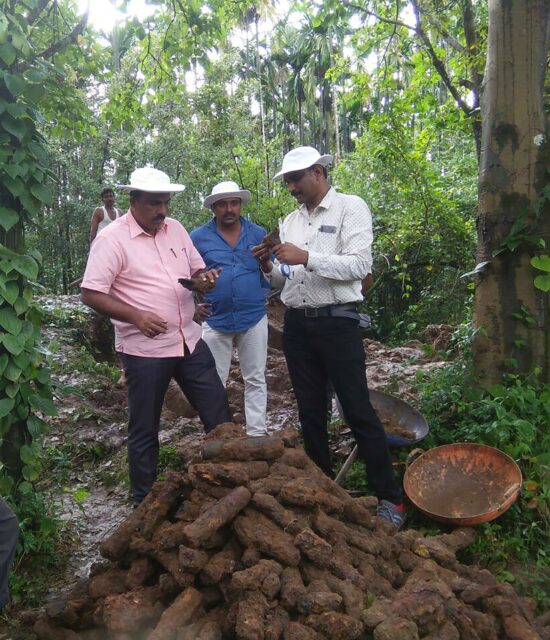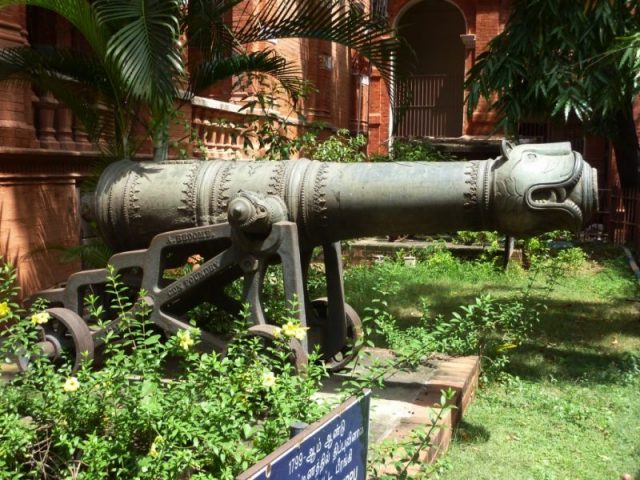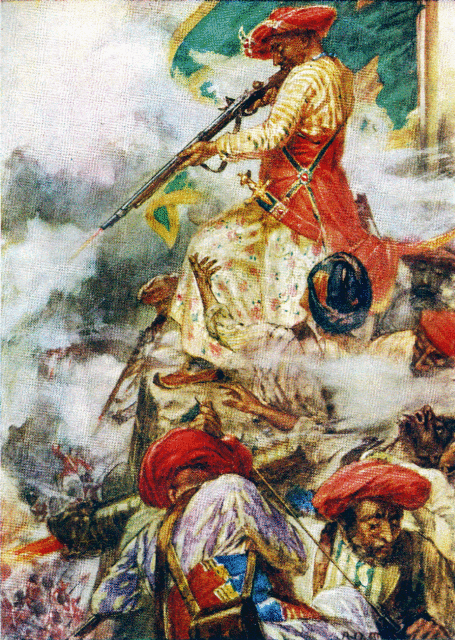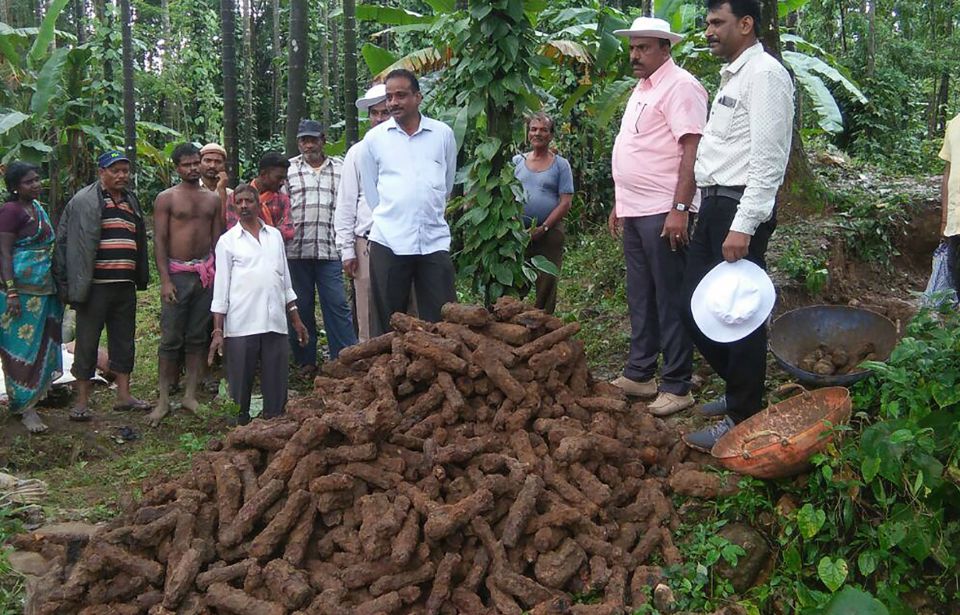An interesting discovery was made in southern India after a group of archaeologists recovered more than 1,000 unexploded rockets dating from the 18th century. The rockets were found in a well that was once part of the Nagara Fort in the Karnataka federal state, in an area which historically belongs to the Kingdom of Mysore. The discovery itself was accidental, as the well was being renovated when the workers found the stored weaponry.
Discovering the rockets

The stronghold belonged to Tipu Sultan, an 18th-century King of Mysore who defied the British East India Company for most of his adult life. He finally fell victim to battle in 1799, during the Fourth Anglo-Mysore War. After the conflict and the death of their leader, the rebellious kingdom succumbed to British rule.
Fast-forward to 2018 and an excavation of the well, which took place from July 25th to 27th. Assistant director of the Karnataka Department of Archaeology, Museums, and Heritage, R. Shejeshwara Nayaka, gave an official statement regarding this incredible find, saying, “Excavation of the open well led to the unearthing of over 1,000 corroded rockets that were stored during Tipu’s times for use in wars. Digging of the dry well where its mud was smelling like gunpowder led to the discovery of the rockets and shells in a pile.”
Details of Tipu’s rockets

They were an essential weapon of Tipu Sultan’s army, providing him the edge he needed against a technologically advanced opponent. Nayaka, who was in charge of a 15-member team of archaeologists, excavators, and laborers, gave a short history of these primitive, yet deadly missiles, explaining that “Records say that Tipu Sultan’s father, Hyder Ali, was the first to use metal-cased rockets. He also had an armory and factory at Nagara Fort, a strategically very important city. There is a strong possibility that this site was used as a storage point or a factory for the rockets.”
The rockets were discovered with traces of potassium nitrate, charcoal, and magnesium powder, bringing the scientists one step closer to determining the exact chemical mixture which was used to propel the 12 and 14 inches long (23 and 26 centimeters) metal cylinders during battle. Among the 1,000 pieces of ammunition, the archaeologists managed to find parts of what seems to be some sort of an assembly machine used for rocket production.
The rockets were extremely important for advancements in British weaponry

This sheds new light on the technology which is considered to be the first-ever successful use of rockets in warfare, pioneering the invention which would not only influence the future of combat, but also the future of space travel. As such, Tipu Sultan’s secret rocket stash has since become a hot topic among archaeologists and scientists who are curious as to how this weapon worked and how effective it really was on the battlefield.
Apart from use in battle, the Mysorean rockets were also used in ceremonies, celebrating victories against the British, as well as diplomatic agreements with the French, who were actively supporting Tipu Sultan’s cause during the 1790s. By some accounts, around 500 of them were fired as part of a salute for the French-sponsored Jacobin Club of Mysore who visited the capital of the Indian realm in 1794, forming an alliance which certainly shook the British, urging them to react quickly.
Nevertheless, the war crushed the Mysorean Kingdom and with it, its defiant monarch, Tipu Sultan. With the knowledge gained after almost a decade of warfare with the Indians, Her Majesty’s British troops brought these rockets home with them.
Read another story from us: Ancient Ring Found in Israel may have Belonged to Pontius Pilate
The Mysorean invention evolved into the Congreve rocket ― a fierce artillery piece which was actively used by the British during the later stages of the Napoleonic Wars, and contributed to the ultimate British victory at Waterloo.
